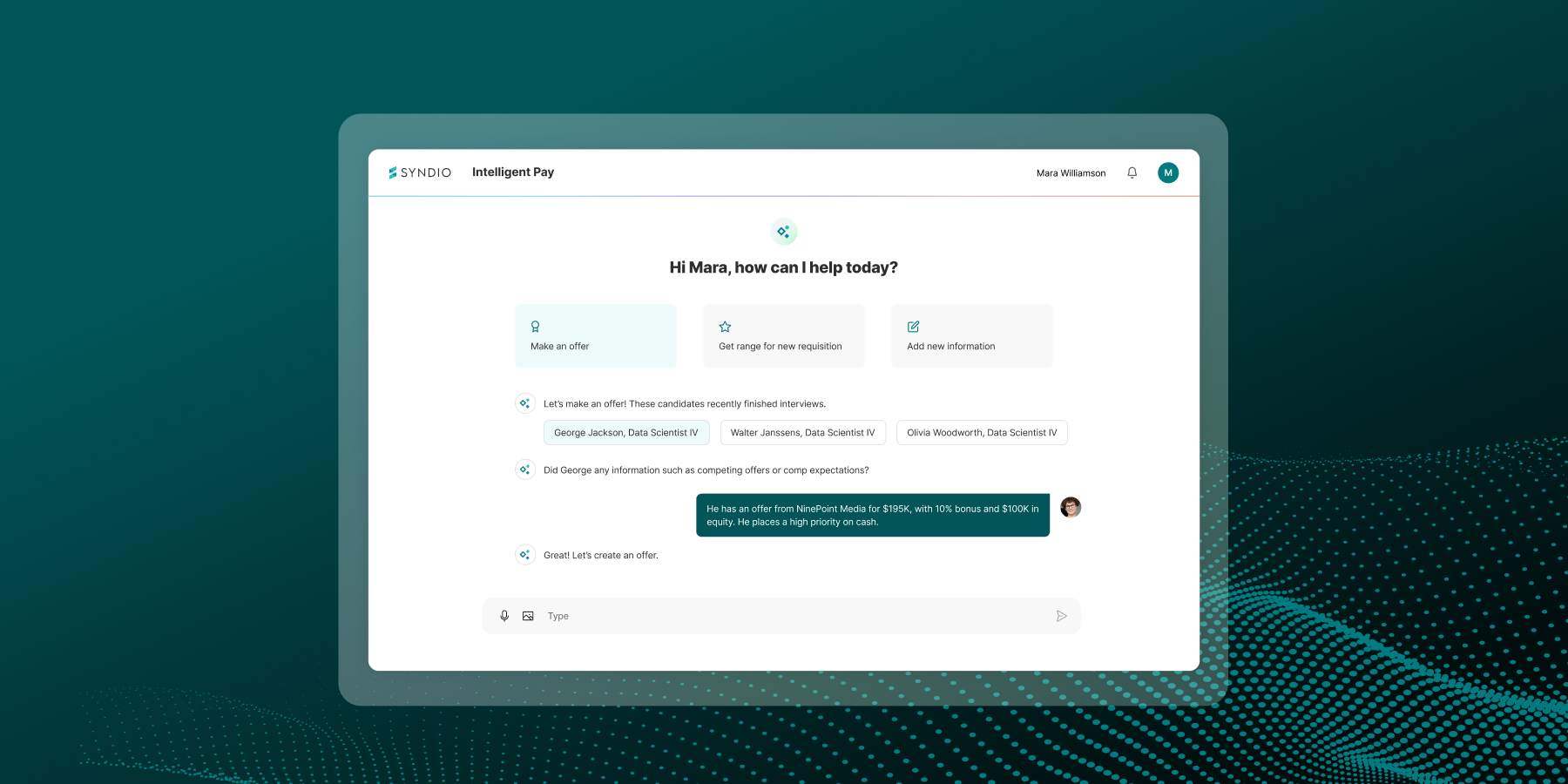Last year, Gartner published a report entitled, “Addressing Pay Equity” that is appropriate to mention as part of our survey around the impacts of race on office reopenings.
The Gartner study indicates that as diversity in the workforce increases, more (not fewer) employees become susceptible to pay inequity. It indicates that total rewards and compensation teams continue to rely on conventional practices that fall short of ensuring pay parity.
Pay parity and office reopenings
What does this have to do with policies around reopening physical office space? A lot, actually.
As leaders develop strategies for reopening, there is a lack of confidence that all employees will be able to return. And only a small percentage of companies are addressing the fact that an optional policy when it comes to return to work will impact women and minorities the most.
The Gartner study points out similar issues. Too often, an organization conducts an equity audit and builds a plan to address its pay gap, but fails to make progress despite a lot of “busy work”. And most of the time, companies that do address pay disparities fail to look at the underlying policies and practices driving them. As a result, they end up fixing pay disparities again and again.
When pay equity is approached as a one-off project vs. an ongoing initiative, companies miss a huge opportunity to proactively find the problems and fix them at the root.
“For as many organizations that claim action, a nearly equal number are not confident they have actually closed pay gaps at all. In fact, despite the prevalence of organizational action, fewer than one-third of organizations believe they have successfully closed existing pay gaps at their organization.”
Gartner | Addressing Pay Equity
If companies haven’t closed the gaps, but are “working on it”, what exactly are they doing?
Pay parity has a perception issue
The last issue worth mentioning is the perception issue. Right now, in the throes of COVID, women, and especially women of color, are taking the biggest hit. They know it, and they are keenly aware of the dangers of returning to work — or not returning to work and missing the proximity and networking effect.
Similarly, in the Gartner study, minority employees are five times as likely as white employees to perceive a race pay gap. Most of the time, while the gaps do exist, they are not as bad as employees believe. But without a commitment to communicating pay equity results, a company enables employee perceptions to fill the void with their own assumptions.
Data-based pay equity solutions
Ongoing pay equity analyses are the clear, data-driven answer to achieving pay parity. And, more importantly, there’s clear financial incentive to do this as soon as possible.
Again, from Gartner, “…because of the compounding effects that pay equity issues have over time, it will never be cheaper to fix than it is today. We estimate each year an organization waits to tackle the issue — or tries to tackle it but fails — will increase the cost to the organization by roughly half a million dollars …”
To stop your organization’s pay equity problem before it gets worse (and more costly), it’s worth considering a data-based pay equity analysis tool like Syndio’s pay equity analytics platform.
The information provided herein does not, and is not intended to, constitute legal advice. All information, content, and materials are provided for general informational purposes only. The links to third-party or government websites are offered for the convenience of the reader; Syndio is not responsible for the contents on linked pages.



